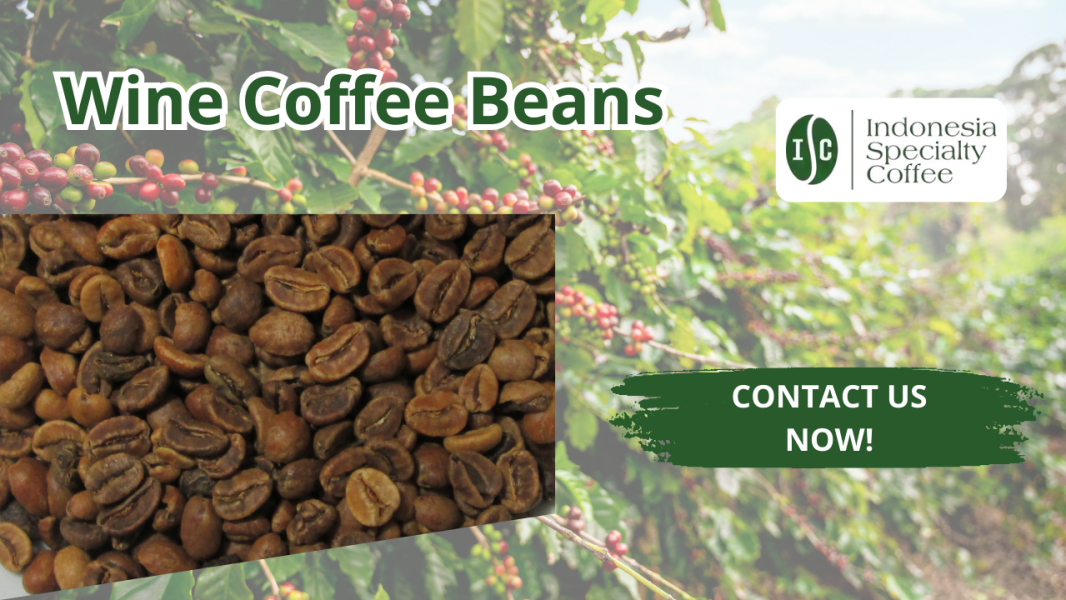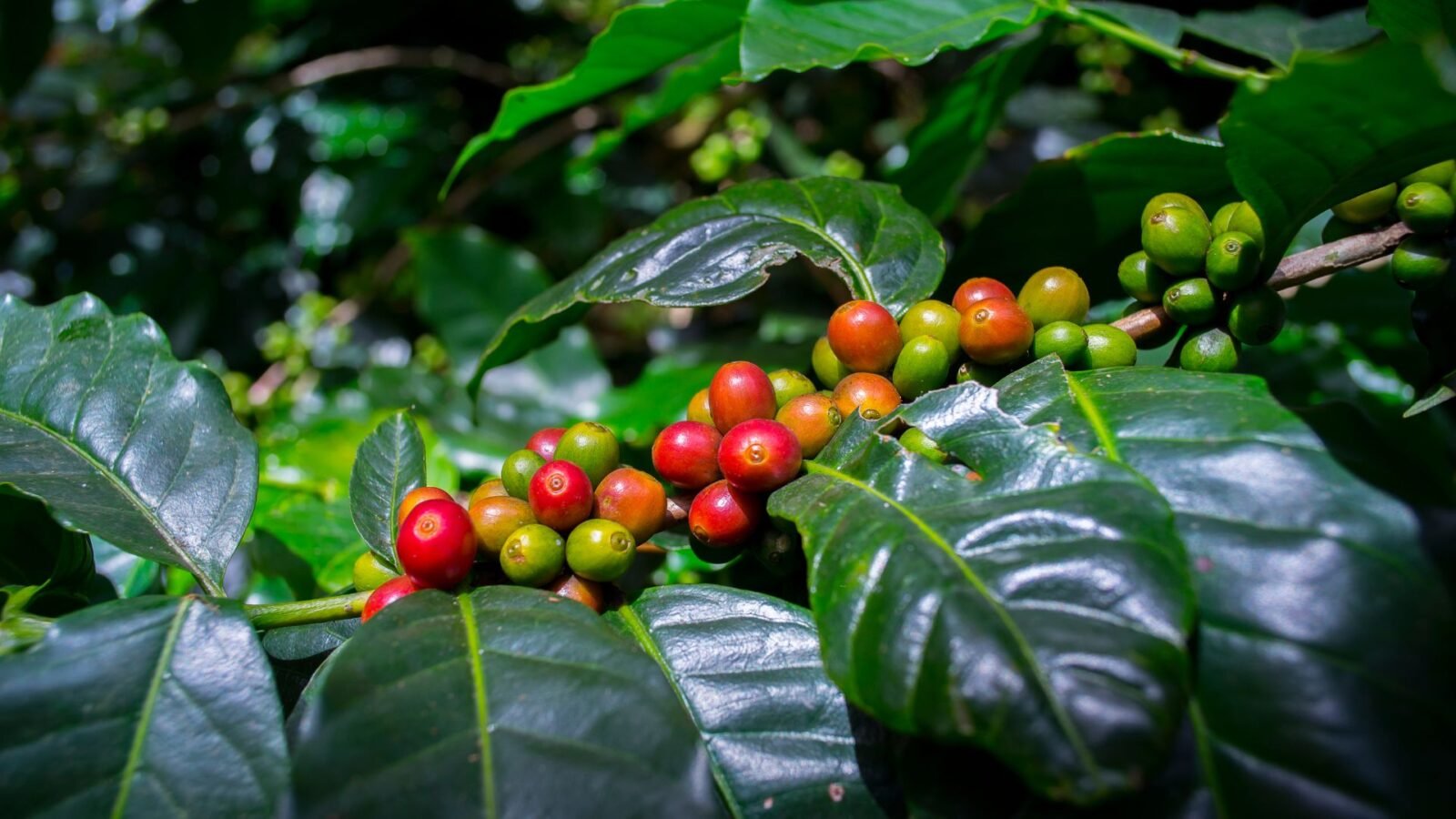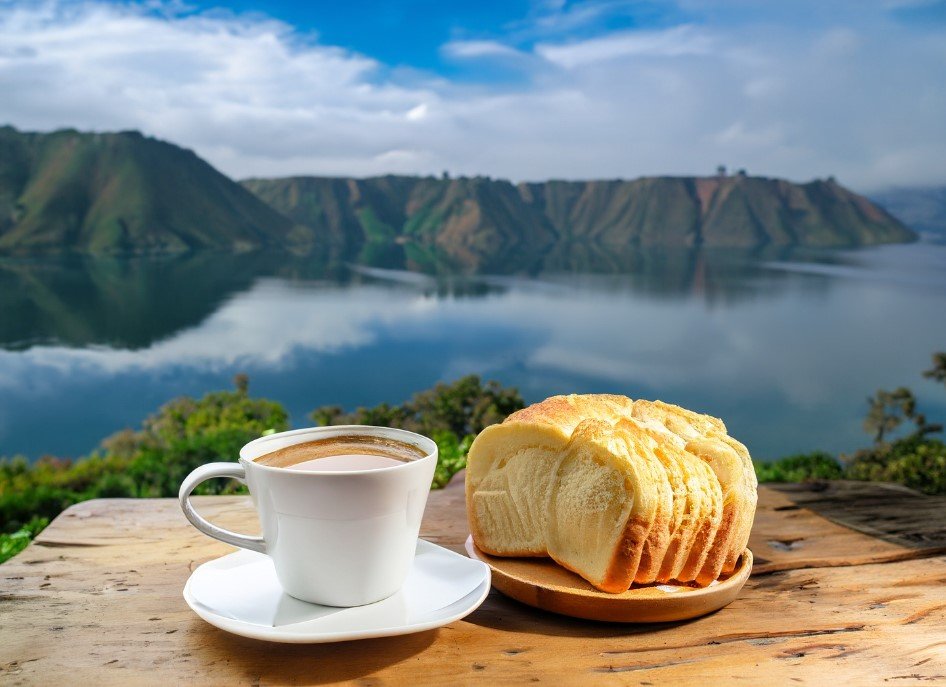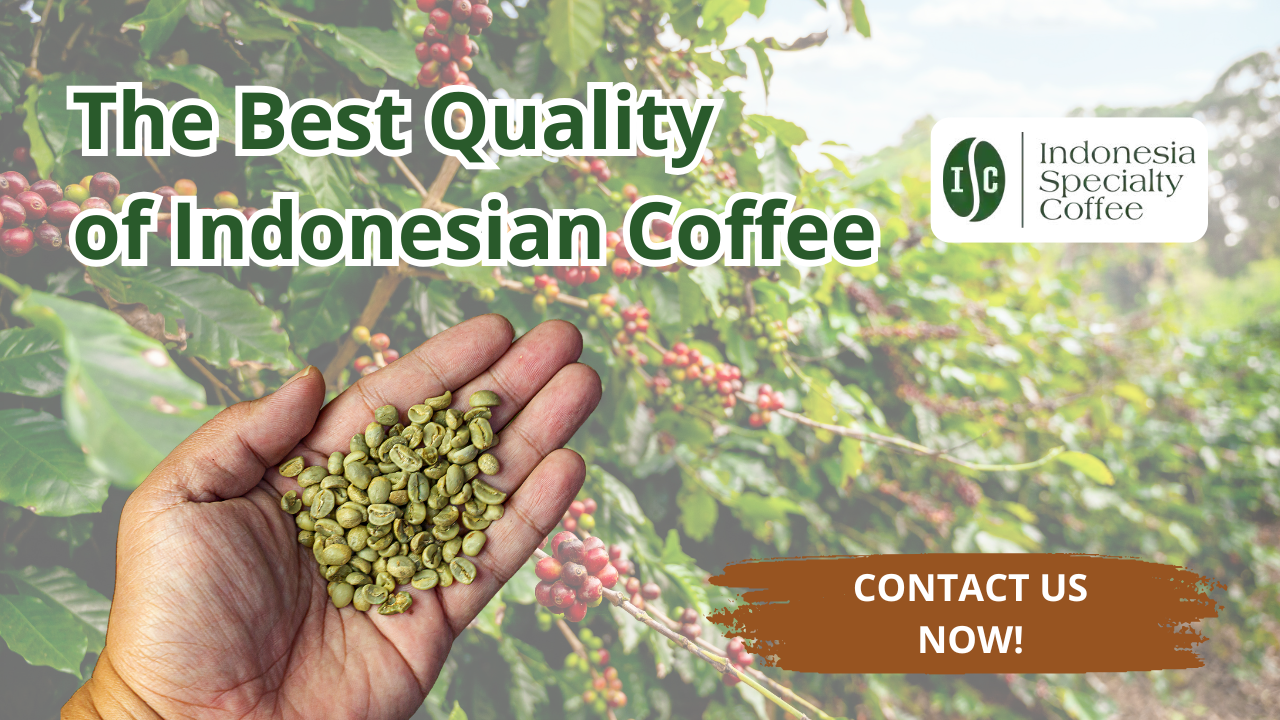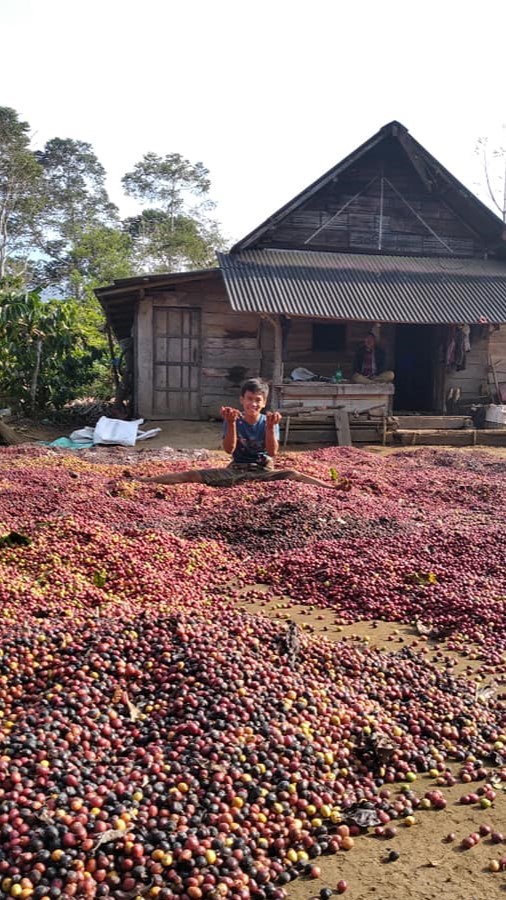Introduction
Wine Coffee is a unique Indonesian coffee known for its fruity, wine-like flavor. This coffee has gained popularity both locally and internationally due to its distinct taste and aroma. Unlike traditional coffees, Wine Coffee offers a refreshing twist that appeals to adventurous coffee lovers.
What sets Wine Coffee apart is its meticulous production process. The coffee cherries are hand-picked directly from the tree, ensuring only the ripest are selected. These cherries are then crushed and gathered into a single barrel, where they are left to ferment. This fermentation process is what gives Wine Coffee its characteristic aroma and flavor, reminiscent of fine wine, albeit with a slightly pungent undertone.
In this guide, we’ll explore what makes Wine Coffee special, from its origins and production methods to its growing popularity. Whether you’re a seasoned coffee enthusiast or new to the world of specialty coffees, Wine Coffee promises a delightful experience that is both intriguing and satisfying.
What is Wine Coffee?
Wine Coffee is a specialty coffee that originates from Indonesia, celebrated for its unique flavor profile that closely resembles that of wine. The name “Wine Coffee” is derived from its distinct taste and aroma, which are the result of a specific fermentation process. This coffee is not infused with wine or alcohol; rather, its wine-like characteristics come from the natural fermentation of the coffee cherries.
The process begins with the careful selection of coffee cherries, which are hand-picked to ensure only the best quality. These cherries are then crushed and placed in a barrel, where they undergo fermentation. This step is crucial as it allows the natural sugars in the cherries to break down, developing the complex flavors that are reminiscent of wine. The result is a coffee that offers a rich, fruity taste with a slightly acidic finish, making it a favorite among those who appreciate nuanced flavors.
Wine Coffee stands out from other coffee varieties due to this unique production method, which not only enhances its flavor but also contributes to its growing popularity among coffee connoisseurs around the world. As we delve deeper into the world of Wine Coffee, we’ll uncover more about its production, regions of origin, and how to best enjoy this exceptional brew.
The Unique Flavor Profile
The flavor profile of Wine Coffee is one of its most captivating features, setting it apart from traditional coffee varieties. This coffee is celebrated for its fruity and wine-like taste, which can include notes of berries, grapes, and even hints of floral undertones. The complexity of these flavors is a direct result of the fermentation process that the coffee cherries undergo.
Key Characteristics of Wine Coffee’s Flavor:
- Fruity Notes: The fermentation process enhances the natural sugars in the coffee cherries, resulting in a sweet, fruity flavor that can remind drinkers of red or white wine. Common tasting notes include:
- Berries: Many tasters report flavors reminiscent of strawberries, raspberries, or blackberries.
- Grapes: A subtle grape-like sweetness often emerges, contributing to the wine-like experience.
- Acidity: Wine Coffee typically has a bright acidity, which adds to its refreshing quality. This acidity is balanced, making it enjoyable without being overwhelming.
- Body: The body of Wine Coffee can range from medium to full, providing a satisfying mouthfeel that complements its complex flavors.
- Aftertaste: The finish is often smooth and lingering, with a pleasant sweetness that invites another sip.
The unique flavor profile of Wine Coffee not only makes it a delightful beverage on its own but also allows it to pair well with various foods. As we explore the production process and the regions where Wine Coffee is cultivated, we will see how these factors contribute to its exceptional taste.
The Production Process
The production of Wine Coffee is a meticulous and artisanal process that significantly influences its unique flavor profile. Understanding this process is essential to appreciating what makes Wine Coffee so special.
Step-by-Step Production Process:
- Hand-Picking:
- The journey of Wine Coffee begins with the careful hand-picking of coffee cherries. Farmers select only the ripest cherries, ensuring that the quality of the beans is top-notch. This labor-intensive method is crucial, as it directly impacts the flavor and quality of the final product.
- Crushing and Fermentation:
- Once the cherries are harvested, they are crushed to release the pulp and seeds. The crushed cherries are then gathered into a single barrel. This is where the magic happens: the cherries undergo fermentation.
- During fermentation, the natural sugars in the cherries break down, creating a complex array of flavors. This process can last several days, and the cherries often develop a strong aroma that some describe as “stinky,” similar to that of wine. This pungent smell is a natural part of the fermentation process and is a sign of the flavor development occurring within the cherries.
- Drying:
- After fermentation, the coffee cherries are spread out to dry in the sun. This step is crucial for reducing moisture content and preparing the beans for roasting. The drying process can take several days, and it is essential to monitor the cherries to ensure they dry evenly.
- Hulling:
- Once dried, the outer layers of the cherries are removed to reveal the green coffee beans. This process, known as hulling, is done carefully to avoid damaging the beans.
- Roasting:
- The final step in the production process is roasting. The green beans are roasted to bring out their unique flavors and aromas. Roasting profiles can vary, with some producers opting for lighter roasts to preserve the fruity notes, while others may choose darker roasts for a more robust flavor.
This intricate production process not only highlights the craftsmanship involved in creating Wine Coffee but also plays a significant role in developing its distinctive taste. Each step, from hand-picking to roasting, contributes to the final product, making Wine Coffee a true reflection of its Indonesian roots.
Regions in Indonesia Known for Wine Coffee
Indonesia is home to several regions renowned for producing exceptional Wine Coffee, each contributing its unique characteristics to the flavor profile of the coffee. The diverse climate, altitude, and soil conditions across these regions play a significant role in shaping the taste of the coffee. Here are some of the key regions known for their Wine Coffee production:
1. Sumatra
- Overview: Sumatra is one of the largest coffee-producing islands in Indonesia and is famous for its rich, full-bodied coffees. The region’s volcanic soil and high altitudes create ideal conditions for coffee cultivation.
- Flavor Profile: Wine Coffee from Sumatra often exhibits earthy and herbal notes, complemented by the fruity characteristics typical of Wine Coffee. The fermentation process here can enhance the wine-like qualities, resulting in a complex and robust flavor.
2. Java
- Overview: Java is another prominent coffee-producing region, known for its historical significance in the coffee trade. The island’s diverse microclimates contribute to a wide range of coffee flavors.
- Flavor Profile: Java’s Wine Coffee tends to have a smoother, more balanced profile, with sweet and fruity notes. The coffee often features a mild acidity, making it approachable for those new to specialty coffees.
3. Bali
- Overview: Bali, known for its stunning landscapes and rich culture, also produces high-quality coffee. The island’s unique growing conditions, including its tropical climate and fertile volcanic soil, contribute to the distinctiveness of its coffee.
- Flavor Profile: Wine Coffee from Bali is often characterized by bright acidity and vibrant fruity flavors. The fermentation process here can yield a lighter, more floral profile, making it a favorite among those who enjoy delicate and nuanced coffees.
4. Sulawesi
- Overview: Sulawesi, formerly known as Celebes, is less well-known but produces some exceptional coffees. The island’s mountainous terrain and diverse ecosystems create unique growing conditions.
- Flavor Profile: Wine Coffee from Sulawesi can have a rich, full body with complex flavors, including hints of chocolate and spice, alongside the fruity notes typical of Wine Coffee. The fermentation process can enhance these characteristics, resulting in a unique tasting experience.
Each of these regions contributes to the overall diversity of Wine Coffee, showcasing the rich coffee culture of Indonesia. As we continue to explore Wine Coffee, we will look at how to brew it and the best ways to enjoy its unique flavors.
Conclusion
Wine Coffee is a unique Indonesian specialty known for its wine-like flavor profile, resulting from a meticulous production process. The coffee cherries are hand-picked, crushed, and fermented, which enhances their natural sugars and develops complex fruity flavors.
The production steps include drying, hulling, and roasting, each contributing to the final taste. Key regions in Indonesia, such as Sumatra, Java, Bali, and Sulawesi, each impart distinct characteristics to Wine Coffee due to their diverse climates and soil conditions.
As Wine Coffee gains popularity both locally and internationally, it showcases the craftsmanship involved in coffee production and offers a refreshing experience for coffee enthusiasts.
Interested in Wine Coffee Beans? Call us on WhatsApp anytime at +62 811 6380 606 or email info@specialtycoffee.id

